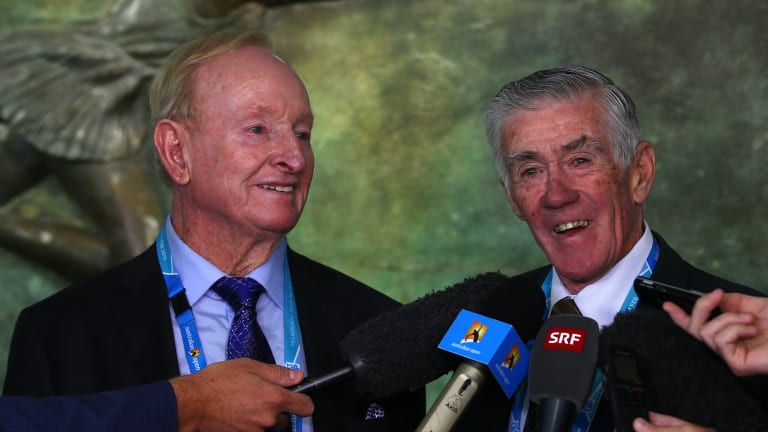TBT, 1972 WCT Finals: Rosewall-Laver classic draws 21 million viewers
By May 14, 2020Style Points
Zheng Qinwen shows off "a rhythm of her own" in December Vogue China spread
By Dec 15, 2025Next Gen ATP Finals
Learner Tien tops Next Gen ATP Finals draw hoping to finish job in Jeddah
By Dec 14, 2025Opinion
Does tennis need a Rules Committee?
By Dec 14, 2025ATP Challenger Tour
Sinner, Alcaraz, Fonseca all won the Next Gen ATP Finals at 18. Will Justin Engel join them?
By Dec 13, 20252025 Year In Review
WTA Match of the Year Honorable Mentions: Comebacks, marathons, anti-epics, and Sabalenka on the winning side
By Dec 13, 2025The Business of Tennis
Garbiñe Muguruza returns to Madrid as co-tournament director
By Dec 13, 2025Social
Alexandra Eala carries flag for Philippines at 2025 SEA Games
By Dec 12, 20252025 Year In Review
Victoria Mboko and Janice Tjen among players honored by ITF for 2025 breakthroughs
By Dec 12, 20252025 Year In Review
WTA Match of the Year, No. 1: Amanda Anisimova comes of age in Aryna Sabalenka Wimbledon stunner
By Dec 12, 2025TBT, 1972 WCT Finals: Rosewall-Laver classic draws 21 million viewers
NBC had opted to let the Dallas clash continue to air in lieu of its regular evening programming, and the two Australians would deliver a thrilling finish to a captivated audience.
Published May 14, 2020
Advertising

TBT, 1972 WCT Finals: Rosewall-Laver classic draws 21 million viewers
© 2015 Getty Images
Advertising

TBT, 1972 WCT Finals: Rosewall-Laver classic draws 21 million viewers